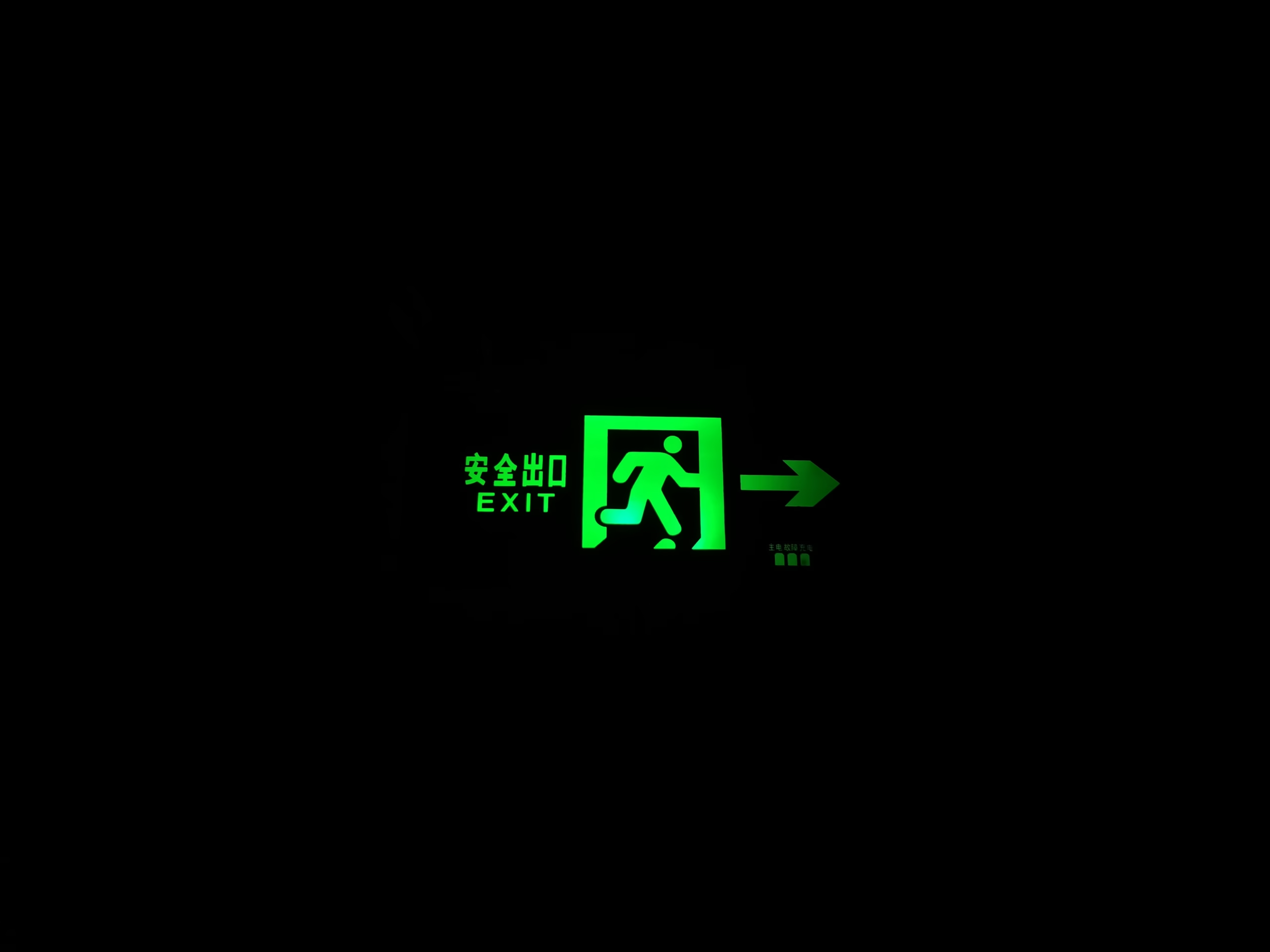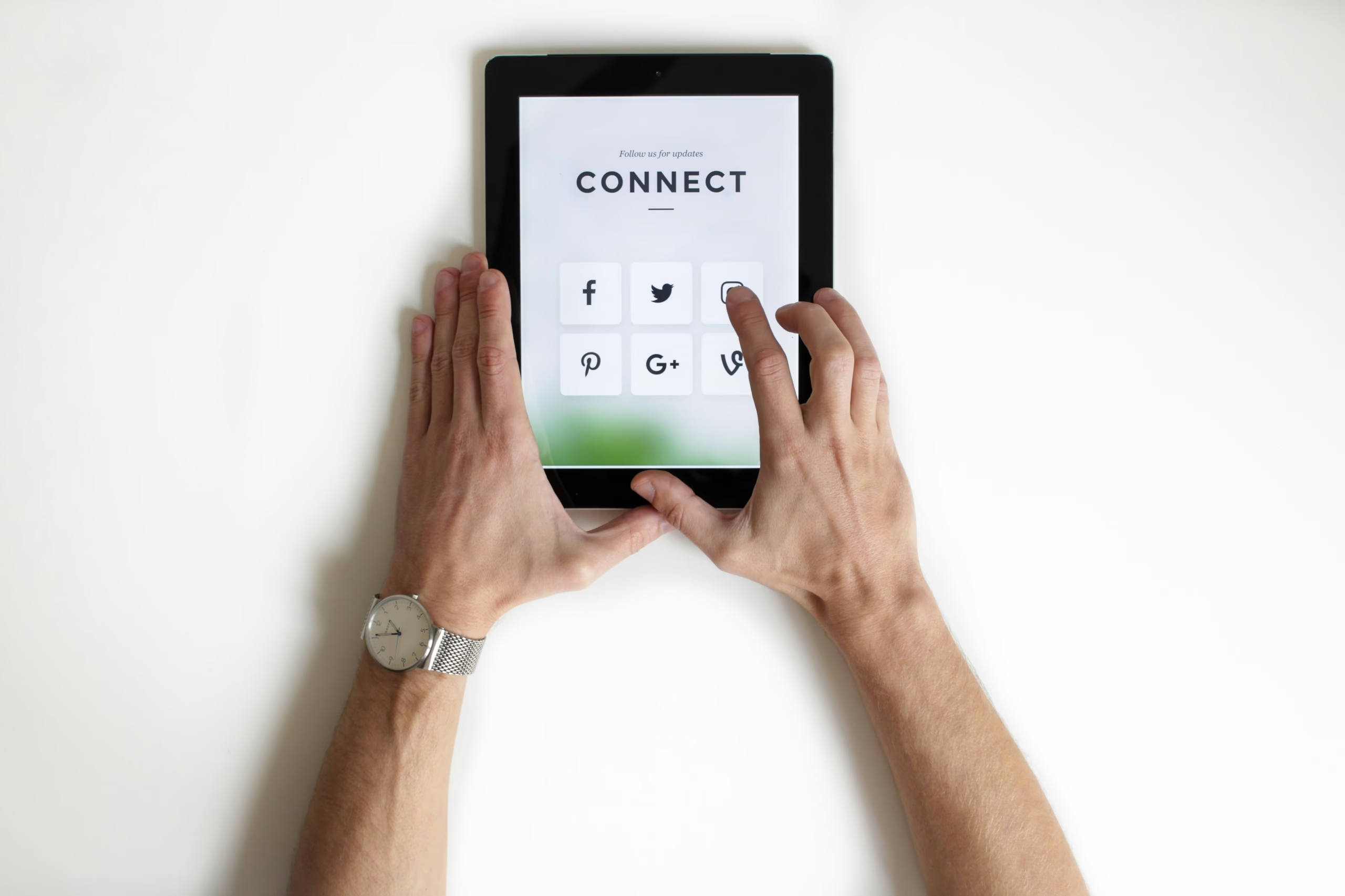Have you ever considered how much of your life is influenced by digital devices? It’s a question that many in Gen Z and the Millennial generation are starting to ask themselves, especially as digital distractions become an everyday reality. We’re witnessing a transformative era where technology continuously shapes how we communicate, work, and unwind. As digital natives, it’s important to think about how to strike that delicate balance between the digital and the real world.
Reducing your screen time and adjusting your digital habits have become more than just self-improvement buzzwords—they’re essential strategies for achieving mental wellness. Let’s dig into the concept of a “digital detox” and discover practical strategies tailored for the tech-savvy Generation Z and Millennials.

Table of Contents
Understanding the Need for a Digital Detox
Before you unplug voluntarily, understanding the profound impact of digital overuse is crucial. The 21st century has bestowed upon you an array of gadgets—smartphones, tablets, laptops—all promising to make life more convenient but often, at a hidden cost. Perhaps you’ve noticed that constant connectivity can lead to anxiety, reduced productivity, or even sleep disturbances. Do these symptoms resonate with you?
The Psychological Impact
You’re constantly bombarded with notifications, messages, and updates. This connectivity creates a fertile ground for anxiety. Anxiety doesn’t just come from negative interactions; even the mere anticipation of messages can wreak havoc on your mental state. The “Fear of Missing Out” (FOMO) takes a toll, pushing you to stay in the loop, sometimes at the cost of your peace.
Physical Ramifications
Excessive screen time isn’t just about mental strain; your physical health is at stake. Think about how many hours you spend hunched over a screen. The blue light from devices can interfere with your sleep patterns, while the absence of physical movement can lead to issues like eye strain and poor posture.
Historical Context of the Digital Revolution
To truly appreciate the need for a digital detox, it’s helpful to understand the historical context. You are part of a generation that grew up with technology woven into the fabric of daily life. But it wasn’t always like this.
The Birth of Connectivity
Back in the early days of the internet, digital devices were novelties. The novelty then transformed into necessity with the boom of personal computers and mobile phones. Fast forward to today, technology permeates nearly every aspect of life from social interactions to professional environments.
How Did We Get Here?
Reflecting upon how digital technology swiftly entrenched itself in everyday life helps appreciate the gravity and speed of this coverage. The precipice of the Internet era in the 90s was followed by the rapid development of social media platforms and smartphones in the mid-2000s.

Key Strategies for a Digital Detox
Now that we’ve set the stage, how can you implement a digital detox in a meaningful way? Let’s look at tangible strategies to help you reclaim your time, focus, and overall quality of life.
Setting Boundaries with Intentional Use
First and foremost, it’s vital to establish clear boundaries about how you interact with technology. Implementing usage restrictions can significantly enhance productivity and well-being.
Designate Tech-Free Zones: Consider setting physical boundaries, like tech-free zones in your bedroom or dining room. Allow these spaces to foster organic interactions devoid of digital interruptions.
Schedule Screen Time: Create a routine that includes downtime from devices. Use app timers or settings that limit your usage to ensure accountability.
Mindful Social Media Engagement
Social media, when used mindfully, can be a source of inspiration rather than anxiety. Here’s how:
Curate Your Feed: Be selective about who you follow. Choose accounts that bring value and positivity to your timeline.
Unplug Days: Allocate specific days where you disconnect from social media entirely. Use this time for introspection or nurturing in-person relationships.
Harnessing Technology for Good
Your devices are not just distractions; they can also be allies in your quest for a healthier digital balance.
Digital Well-being Tools: Explore apps designed to promote mindfulness and focus. Tools like meditation apps can serve as a counterbalance to the high stress induced by intrusive apps.
Task Management Applications: Productivity apps can help organize activities outside the digital sphere, minimizing aimless scrolling time.
The Role of Nature in Digital Detox
Incorporating nature into your detox strategy offers a fresh perspective on staying grounded amidst the clamor of technology. Studies have shown that nature can have a positive impact on mood and cognitive function.
Embracing Outdoor Activities
Engaging in outdoor activities is a great way to distance yourself from screens:
Gardening: A hands-on activity that enhances your connection to the physical world. Whether you have a backyard or a small balcony, getting your hands in the soil can be restorative.
Hiking or Walking: A simple walk can do wonders. The silence and solace found in nature often provide the mental reset digital devices cannot.
The Science Behind Nature’s Impact
Research indicates that spending time in natural settings reduces cortisol levels, improves cognitive performance, and increases serenity. Balancing digital interactions with moments of nature immersion can fortify your defenses against digital fatigue.

Visualizing the Digital Detox Journey
To make your digital detox plan more effective, visualize it. This reinforces your commitment and can serve as an ongoing reminder of your goals.
| Week | Digital Detox Goal | Progress Tracker |
|---|---|---|
| 1 | Implement device-free meals | Discuss your feelings post-meal with family/friends |
| 2 | Tech-free hour before bedtime | Write reflections on improved sleep patterns |
| 3 | Social media-free weekend | Notice changes in mood/engagement levels |
| 4 | Engage in a daily outdoor activity | Record mood before and after the activity |
Stories of Success: Real-World Examples
You might wonder if such a digital detox is more hypothetical than practical. Thankfully, many in your generation have begun charting these uncharted territories with notable success.
The Case of Reduced Anxiety
Consider a university student who found her anxiety levels plummet after reducing her screen time and initiating regular nature walks. She documented increased concentration during lectures and a newfound appreciation for in-person conversations.
Enhancing Creativity
A young graphic designer, overwhelmed by constant online exposure, decided to limit her social media to once weekly. This shift allowed her to rediscover offline hobbies, resulting in a creative boost reflected in her work.

Conclusion: Crafting a Balanced Life
The journey to a digital detox isn’t about renouncing technology but rather recalibrating your relationship with it. It’s about maximizing the benefits digital devices offer while reducing their negative impacts.
We stand at a unique point—technology defines our era, but it doesn’t have to define you. By implementing these digital detox strategies, you can cultivate a lifestyle that values both innovation and tranquility. Remember, it’s all about finding that perfect equilibrium where technology serves you, not the other way around.
In closing, consider asking yourself: How would you like your relationship with technology to evolve? Doing so will empower you to take the first steps toward a more balanced and fulfilled life in our increasingly digital world.
Digital Minimalism: The Ultimate Self-Care Practice for Gen Z and Millennials

